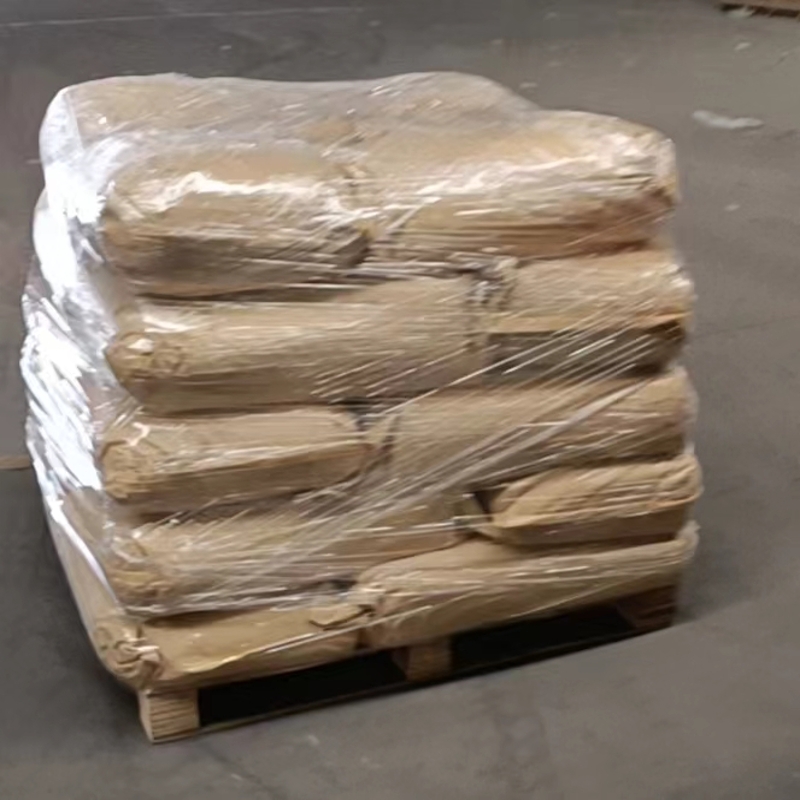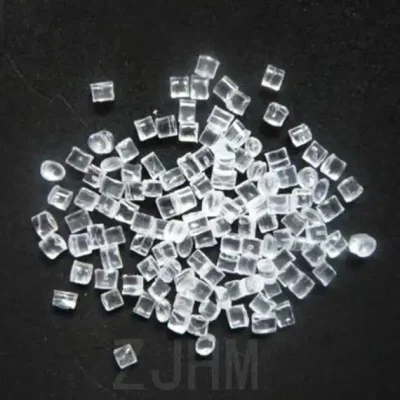-
Categories
-
Pharmaceutical Intermediates
-
Active Pharmaceutical Ingredients
-
Food Additives
- Industrial Coatings
- Agrochemicals
- Dyes and Pigments
- Surfactant
- Flavors and Fragrances
- Chemical Reagents
- Catalyst and Auxiliary
- Natural Products
- Inorganic Chemistry
-
Organic Chemistry
-
Biochemical Engineering
- Analytical Chemistry
-
Cosmetic Ingredient
- Water Treatment Chemical
-
Pharmaceutical Intermediates
Promotion
ECHEMI Mall
Wholesale
Weekly Price
Exhibition
News
-
Trade Service
Recently, Toshiba and the International Institute for Nuclear Power Plant Decommissioning (IRID) have developed a robot that will enter the airtight shell of the Fukushima No.
1 nuclear power plant in August this year to see the
damage inside.
The robot is 54 cm long, 9 cm wide and weighs about 5 kg
.
The robot is powered by wire and will carry two cameras, LED lighting sources, radiometers and thermometers
.
The robot can operate continuously for 10 hours
in an environment with a radiation dose of 100 sieverts per hour.
The robot will enter the closed shell of reactor No.
2 at the Fukushima No.
1 nuclear power plant to judge the extent of internal damage and locate
the fallen object.
Since the mission is very dangerous, it is inaccessible to humans
.
Japan plans to conduct a thorough investigation of the airtight shell in April 2016, so the robot mapping needs to be completed
by that date.
Before that, two robots had already entered reactor
No.
1 at the Fukushima No.
1 nuclear power plant.
Since the nuclear crisis triggered by the Great Japan Earthquake and Tsunami on March 11, 2011, these robots have managed to take first-hand photos
.
Neither robot was recovered
due to radiation damage and technical problems.
Recently, Toshiba and the International Institute for Nuclear Power Plant Decommissioning (IRID) have developed a robot that will enter the airtight shell of the Fukushima No.
1 nuclear power plant in August this year to see the
damage inside.
1 Nuclear Power Plant
The robot is 54 cm long, 9 cm wide and weighs about 5 kg
.
The robot is powered by wire and will carry two cameras, LED lighting sources, radiometers and thermometers
.
The robot can operate continuously for 10 hours
in an environment with a radiation dose of 100 sieverts per hour.
The robot will enter the closed shell of reactor No.
2 at the Fukushima No.
1 nuclear power plant to judge the extent of internal damage and locate
the fallen object.
Since the mission is very dangerous, it is inaccessible to humans
.
Japan plans to conduct a thorough investigation of the airtight shell in April 2016, so the robot mapping needs to be completed
by that date.
Before that, two robots had already entered reactor
No.
1 at the Fukushima No.
1 nuclear power plant.
Since the nuclear crisis triggered by the Great Japan Earthquake and Tsunami on March 11, 2011, these robots have managed to take first-hand photos
.
Neither robot was recovered
due to radiation damage and technical problems.







